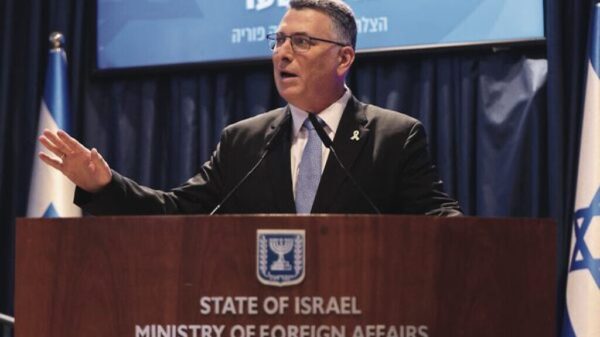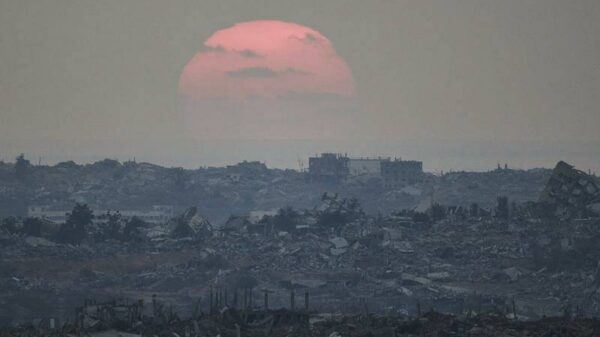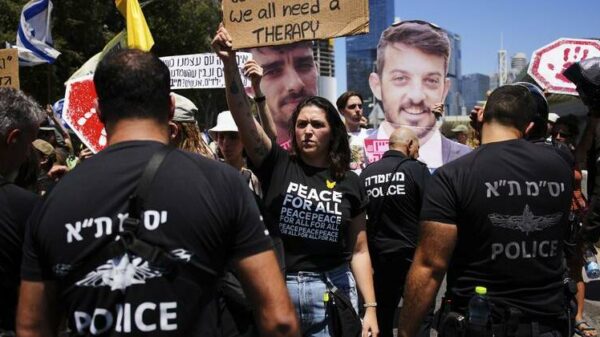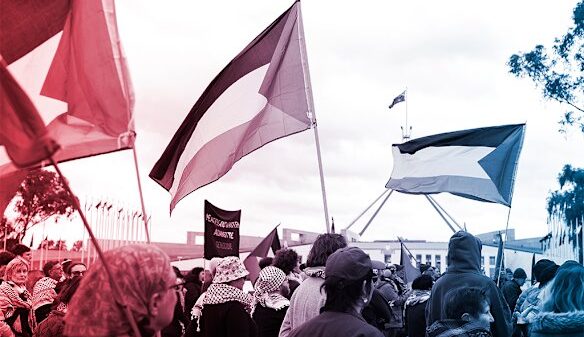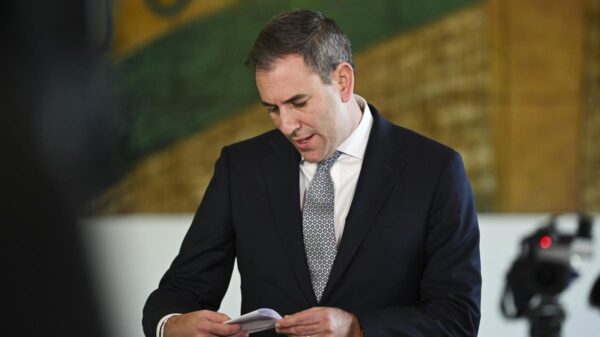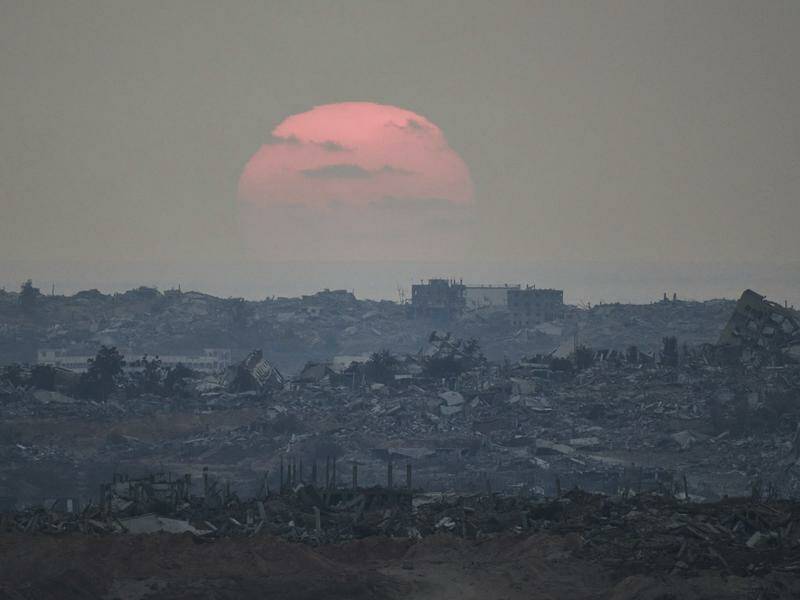As fears of an imminent Israeli offensive grow, many Palestinian families are leaving eastern areas of Gaza City, which has faced continuous bombardment. Some are moving west, while others are considering evacuation further south to escape the escalating conflict.
The situation has prompted a sense of urgency, especially since Israel has declared its intention to seize control of Gaza City, a move that has raised alarm both domestically and internationally. Tens of thousands of Israelis participated in significant protests, calling for an end to the fighting and the release of around 50 hostages held by Palestinian militants.
Ceasefire Negotiations Intensify
The planned military campaign has led Egyptian and Qatari mediators to increase their efforts toward a ceasefire. A source familiar with the discussions indicated that this could be a “last-ditch attempt” to establish peace talks with Hamas. Israeli Prime Minister Benjamin Netanyahu has referred to Gaza City as Hamas’ last stronghold, yet the Israeli military has already gained control of approximately 75 percent of Gaza.
Military officials have warned that expanding the offensive could jeopardize the lives of hostages still in captivity and risk dragging troops into prolonged guerrilla warfare. Many residents of Gaza City are also expressing their discontent, calling for protests to demand an end to the conflict that has devastated much of the region and created a severe humanitarian crisis.
“The people of Gaza City are like someone who received a death sentence and is awaiting execution,” said Tamer Burai, a businessman from the city. “I am moving my parents and my family to the south today or tomorrow. I can’t risk losing any of them should there be a surprising invasion,” he conveyed in a message.
Humanitarian Crisis Deepens
On the ground, the humanitarian situation continues to deteriorate. The last round of ceasefire negotiations stalled in late July, with both sides blaming each other for the impasse. Despite this, mediators are scheduled to meet again on Monday to explore potential solutions. Hamas has indicated a willingness to discuss a proposed 60-day truce and the release of half the hostages, but it seeks a broader agreement that would end the conflict.
Israel has stated it would consider a ceasefire only if all hostages are released and Hamas disarms. This latter request has been publicly rejected by the militant group, which insists that any disarmament must follow the establishment of a Palestinian state. Significant gaps remain regarding the details of an Israeli withdrawal from Gaza and the logistics of delivering humanitarian aid, particularly as reports indicate widespread malnutrition and warnings of impending famine.
In a recent announcement, the Israeli military stated it is preparing to provide Gazans with tents and other shelter equipment to assist with their relocation from combat zones. However, specifics regarding the quantities and timelines for delivery remain unclear.
The ongoing conflict began on October 7, 2023, when militants from Hamas launched an attack into southern Israel, resulting in the deaths of approximately 1,200 people and the abduction of 251 hostages. Since the beginning of the Israeli air and ground campaign, local health officials report that over 61,000 Palestinians have lost their lives, with a significant portion of the 2.2 million residents of Gaza displaced multiple times.
As the situation remains fluid, the international community continues to watch closely, hoping for a resolution that addresses both humanitarian needs and the complex political landscape.


